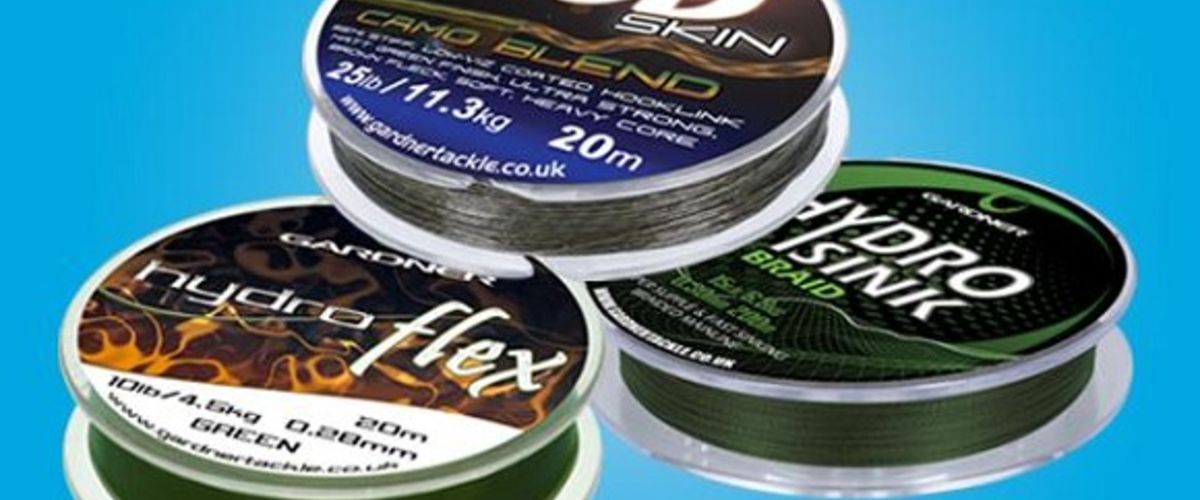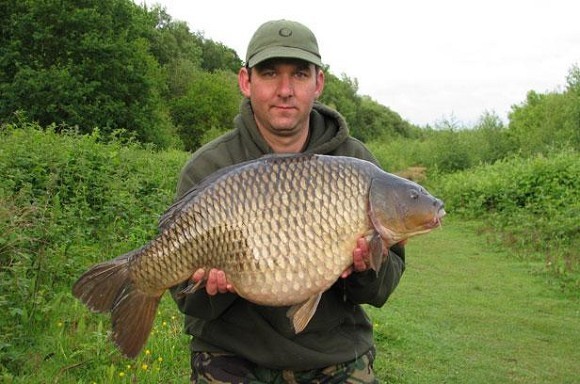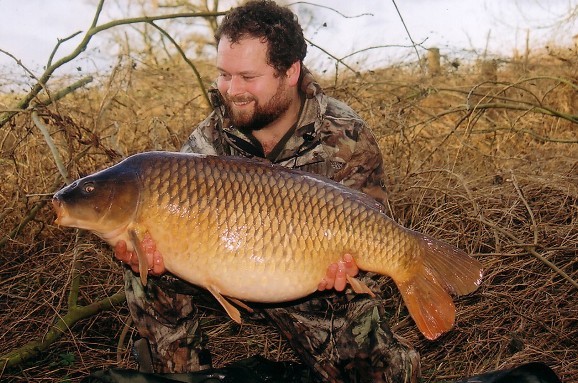
The CARPology Debate Part 5
Braided vs. coated vs. combi hooklink materials – Jon Finch, Lewis Read and Shaun Harrison give their views
Jon Finch: braided hooklinks
The reasons for using a braided hooklink are obvious, really. It's perfect for my favourite method – solid PVA bag fishing. The reasons for this are plentiful. If you consider why a solid PVA bag works, then you'll soon realise why a braided hooklink is such an effective weapon in your carp fishing. When I load the bags, I tend to use a hooklink that can be coiled inside the bag itself. There's no point having the braided hooklink falling away from the lead in a straight line because that takes some of the benefits away. If a fish sucks at that bag from a certain distance, the hooklink has no lateral 'play' and the movement aspect is nullified. I create an 'S' shape in the braid so it rattles into a carp's mouth. That way, I can balance my hookbait so it gets taken more readily.
If you consider how braid sits on the lakebed, its complete lack of memory also makes it a better prospect for hooklinks. If it's a sinking braid, or if it's weighted down with putty or something, you know your low diameter hooklink is down and out of the way. You can also use a braid made of softer materials than any coated braid or mono, so it's less easy for a carp to detect on all fronts.
Dave Preston likes braided hooklinks because he can smear food liquids into the fibres, but I've never really gone into that much depth. I'm banking on the pellets in my solid bags pinning the hooklink down and out of sight, waiting there like a coiled spring. Even if the bag contents are disturbed, the braid is still much less easily detected than thicker hooklinks or something with more memory.
The 'S' shape I'm after might not quite have worked but when that bag breaks down, there's still a rig there that is going to confuse the fish when they approach the hookbait. They're used to hookbaits being restricted by the rigs they're attached to, but with braid those restrictions aren't so magnified. Carp learn by association, so using something that they can never really associate with anything is sure to be more successful.

Lewis Read: coated hooklinks
Versatility is the watchword here! The huge variety of colours, strengths and compositions of skinned hooklinks means they offer us anglers a great solution to creating technically advanced rigs (or conversely simple rigs) that are well concealed, strong, can offer excellent natural presentation and are generally far less prone to tangles than a conventional uncoated braid.
Even if you argued that skinned hooklinks aren't the right choice in combination with 'The Method' or as a solid PVA bagging hooklink, when the hooklink often needs to be concertinaed – then there nothing stopping you from taking the skin right off and utilising the inner as a braided hooklink on its own. Great, two products for the price of one!
The possibilities for the SIMPLE construction of complex hooking mechanisms are unequalled. By keeping un-stripped sections (particularly at the point that the hooklink leaves the eye of the hook), the hooking potential of most rigs can be enhanced. Personally I find this most useful in combination with pop-up rigs as an alternative to full-on hinged stiff rigs, and when combined with a nice green coated hooklink like those in the Gardner range I can get the hooklink to virtually disappear into light weed or 'Chod'.
The ease with which hinges can be created is simply unsurpassed – this is why the skinned hooklinks remain so popular as they are the easiest to use. These hinges not only mean that the turning radius of the all important hook section can be controlled, but the addition of hinges at the lead end of the hooklink can sometime help ensure that the main section of the hooklink will be allowed the vital flexibility to lay flat and unobtrusive on the lakebed improving overall bait presentation.
When I receive customer enquiries here at Gardner related to which skins a customer should consider, the advice I offer is quite simple: base choice on breaking strain requirement for the venue and then on colour (as the range includes a number of subtle colour variations) and finally on the rigidity required. In the Gardner range, Sly and Disruption have a slightly stiffer coating than Sink and Chod Skin.

Shaun Harrison: hand-tied combi rigs
People tell me I shouldn't have a favourite rig but should adjust everything to suit differing conditions on different waters yet the rig I have used since before the turn of the century still continues to produce the goods everywhere I fish.
My preference is for home-tied combi-link presentations. I know I can achieve 'similar' by stripping back coated braids but 'similar' isn't the same. My home-tied rigs take much longer to tie (and personally I hate tying rigs) but I honestly believe by doing so I improve my take rate. The reason I believe my rigs produce more takes is the simple fact that they are so much more discreet in the water than coated braids and I am in complete control regarding stiffness or suppleness of the said rig.
For me, the materials for the Hair and braid and hook pattern used have remained the same since last century (sounds ages ago doesn't it?), these being Gudebrod 'D' rod whipping thread for the Hair and Dynon SK 22lb for the braided part (even when fishing for small fish). I do, however, alter the stiff part of the rig depending upon where I am fishing, although the two most commonly used materials are Seaguar Fluoro Carbon in very clear water and Maxima. These to my mind are the correct stiffness – particularly the Maxima. I don't like the stiff part of the rig to be 'over stiff', I like there to be movement in it.
Hair-wise I like to be longer than most of what I see cast out and as a general rule I like the gap between the bait and the hook to be the same as the size of the bait. This set-up has legged up the majority of the carp I have caught both at home and abroad for many years now and the only time I tend to alter it is by using the stiff section at the hook end and the soft section as the main part – particularly for pop-ups. It's a rig that has worked so well for me over the year and I'm sure it will continue to do so.




